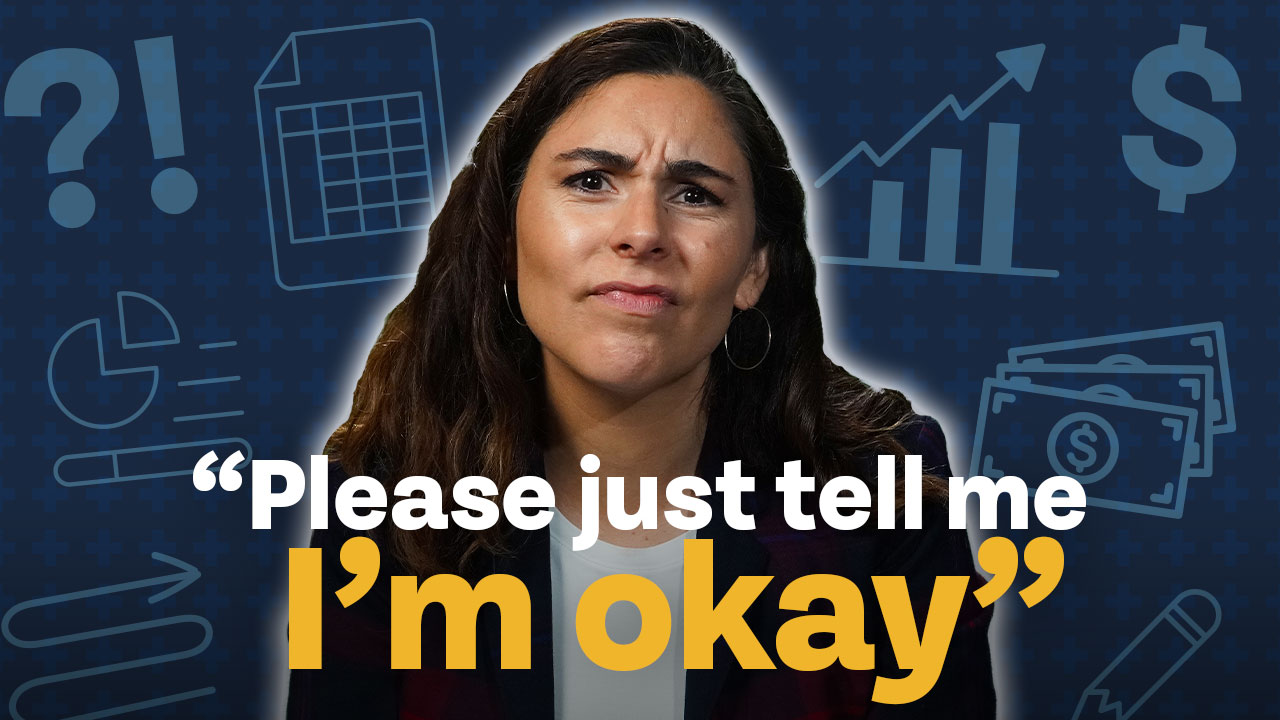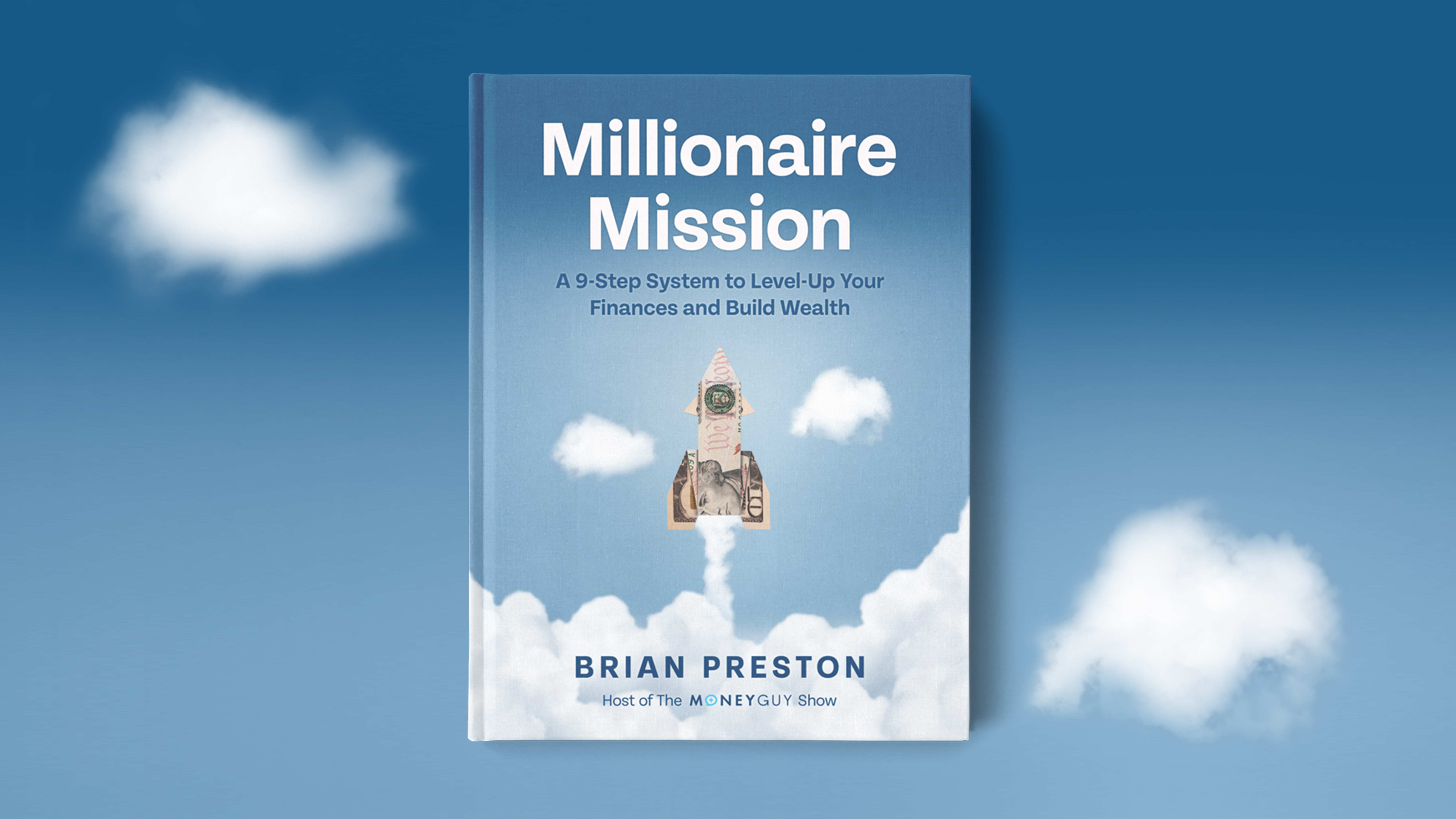Why do we get life insurance in place? We’ve talked about the different types of life insurance that you might decide to buy. Let’s talk about the third thing: how much do you need? How do you decide? Okay, you’ve told me that I need life insurance, and I’m on board. And I kind of have an idea of the type that I need to go buy. How do I hone in on how much I need?
You just need a good general rule of thumb because that seems like that’s all you need in financial life. Just to say something like, “Hey, why don’t you just do 10 times your income? That ought to be enough.” Is that perfect? Well, it’s not perfect, but it’s a good start, right? If you’re someone who’s just starting out and you’re trying to figure out what’s a loose benchmark that I can use, 10 times your annual income is a great place to start. And often for young people, that’s a great starting point.
But when it comes to your true insurable need, we think that a specified approach for your unique situation makes sense. And when we say specified approach, there are a number of different factors that we want you to consider, a number of different things I want you to think. And here’s the first one: How much do you spend? Notice we say spend, not how much do you earn. Because what we really want to care about is if you were no longer here to provide for the well-being of your family or loved ones, you want to make sure that the income that you generate, that is going out in consumption, can be replaced. So that’s sort of the lowest level. How much does my family spend? And if I were no longer here to generate income to produce that, how much insurance will I need to be able to replace my income?
Well, and there are so many… Because there are different facets that will come with this, like how much you spend, but also how young or how many… How your age is. Because if you think about this, if you have a young family and you… So you probably haven’t had enough time to build financial independence on your own. So if you passed away prematurely, you might actually need enough assets to cover 30 years’ worth of expenses. I mean, that’s an important thing. So 10 times income is not going to necessarily carry the water as far as you need. So you definitely take into account how far you are from retirement and what resources you need to sustain that.
And then here’s another thing: What are some of these obligations you feel that you want to provide? Like educational expenses. That’s a super important thing, especially if you want to make sure that your leaving the planet prematurely doesn’t disrupt some of those powerful goals. Yeah, so you go through how much you spend, your current living expenditure, educational expenses. How about debts you want to pay off? Maybe if you are no longer here, you’d want that mortgage to be satisfied. You want the auto payments to be satisfied. You want the student loans to be satisfied. These are all dollar amounts that you would add up when you’re kind of factoring in how much insurance do I need.
Now, all three of those make us sound like life insurance salesmanship because they all increase how much life insurance you need. Because like I said, you need if you’re replacing income, educational expenses, debts. Every one of those things is going to go in the plus column. You’re going to add all those needs up. Let’s talk about things that can actually bring down your needs for life insurance. The first thing is: How about your current coverage? The other thing that you can factor in is your current assets that could satisfy part of that need. So, one of the things that we’re all doing in the accumulation phase is we’re trying to build up our pot of assets. Well, as our pot of assets gets larger and larger, the insurable need that we have gets smaller and smaller. So, if you have a large portfolio that could replace some portion of your income, then you don’t need as much life insurance.
I do want to add one thing that I think could be really important because a lot of people need to hear this: we don’t have all of our kids at once. That’s right. I mean, oh no, I have a niece and nephew that are twins, and they were one and done, and that was it. That’s probably a very traumatic or scary way to do the child rearing in the beginning, but then it’s probably a lot easier, a lot easier later on. But most of us spread our children out. There’s nothing wrong with you doing life insurance over time as well, you know, because you don’t have to do it all at once. You could actually, maybe in your mid-20s, you have your first child. When you’re 30 or 28 or 30, you could layer, since every time you have a new child, you have a new educational goal, you can layer additional insurance on top of each other.
Think about when I was 25 or 28 when I had my first child, my income was here. But when I had my second child in my early 30s, my wife having the child, it was our need was completely different because my income was in a different place. I could also reassess and establish the new baseline for how much I need. There’s nothing wrong with creating a laddered strategy for your life insurance needs.
So what ends up happening is you kind of factor this capital need, how much insurance I need right now today, and then you figure out, okay, well, it kind of decreases through time. Every year that I don’t die, I need slightly less insurance, assuming I’m doing all the other things I’m supposed to be doing from a financial standing, planning standpoint. So what you recognize is, okay, I have this life insurance need that ideally will decrease through time until eventually I’m fully self-insured.
That happens on one axis. On the other axis, I have my portfolio assets that are growing, and then I have my current insurance in place. And then I have to figure out, okay, where’s my shortfall? How much additional insurance do I need to make sure that I have that capital need covered? And this also answers the question for how long do I need it? Do I need a 10-year policy? Do I need a 20-year policy? Just like you said, Ryan, it’s not uncommon for us to stagger when we start out, and we have that first kid in our 20s. We get a 20-year policy. Then we have another kid, we get another 20-year policy. But then we get older, we don’t have more kids, but the life circumstances change. Maybe we need a 10-year policy, and then policies fall off. And then the other policy falls off. You can actually build through time based on your capital need, an insurance ladder that accumulates and de-accumulates with your insurance need. Now, I came close to saying, but I didn’t because it’s not my favorite thing to do as a financial advisor. It’s much more fun to talk about retirement plans and structure because end-of-life planning is always the hardest. I mean, the only thing worse than life insurance is probably doing the full estate plan and the flow charts and all that. But the need for life insurance is still such a super important thing, and this is exactly the type of stuff that a good financial advisor will do for you to help you figure out what you need in your life.













